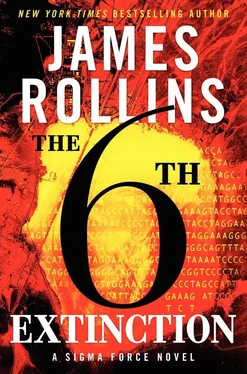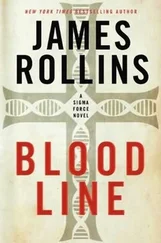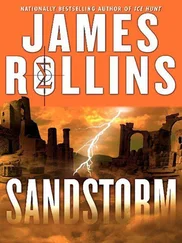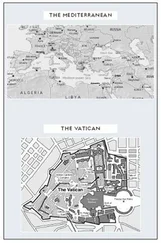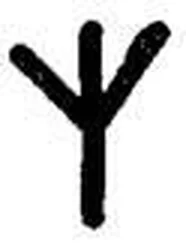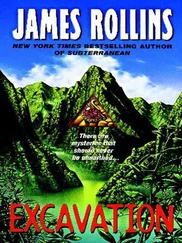Kat crossed behind the desk to join Jason. “Are you making any headway with those files?”
“Some. But I wish I had been able to recover more than this single folder of information about the base. It’s like trying to get a complete picture of a room by peeking through a keyhole. If only I’d had more time to back up additional files…”
Kat touched him on the shoulder. “The first thing you have to accept in the intelligence business is that you never have the complete picture. You learn to deal with the facts at hand and do your best to infer from there.”
Jason frowned, still plainly unsatisfied. From the shadowy bags under his eyes and the Rockstar energy drink by his elbow, it looked like the kid hadn’t slept at all.
“I did put in a call to the British Antarctic Survey,” Jason added, “to try to reach Professor Harrington, that paleobiologist who was in regular contact with Dr. Hess. He may be able to fill in a lot of the blanks in our investigation.”
“Hopefully so,” Kat said. “But why did you call us in here? Did you find something?”
“Maybe, but I wanted to run it past you. After so many hours buried in these files, I may be too close. I need fresh eyes.”
“No worries. I’ve been there many times myself. Go ahead and use us as a sounding board.”
Gray was struck by how gentle Kat was with the young man. It was a sharp contrast to her usual steely-eyed manner and no-nonsense sensibility. When he’d first met Kat, he felt like he always had to stand a little taller, his back a little straighter. She had that effect on people. Maybe it was the result of raising two girls, but here was a different side to her. While it was a far cry from warm and cuddly, she was clearly a good mentor.
Jason straightened in his seat, his manner more confident. “Okay, but you’ll have to bear with me, as I’ve been neck-deep in what various British military and research teams were doing in Antarctica.”
Kat glanced over to Gray, her meaning clear. British military again . Same as the team who had raided DARPA. Could there be a connection?
“Go on,” Kat encouraged Jason.
“Before I get to the history, let’s start with more current events. Back in 1961, the international Antarctic Treaty came into force, basically declaring that the continent was off-limits to territorial claims, that it was to be used for peaceful purposes only. Since then, a multitude of bases have been established across the breadth of Antarctica. Some are purely research outposts, but a majority — despite the treaty — are indeed joint military/research bases.”
Similar to the one in California , Gray realized.
“But prior to that treaty, an ongoing turf war was waged on that continent by international communities. Everyone wanted to claim a piece of that frozen pie. This fighting came to a head during World War II, due to the use of the Southern Ocean as a haven for Nazi U-boats. But even prior to the war, Germany was very aggressive in attempting to stake a claim. In 1938, they established the Deutsche Antarktische Expedition to explore the continent and set up a base.”
Jason tapped the keyboard and brought up an emblem of the German team.
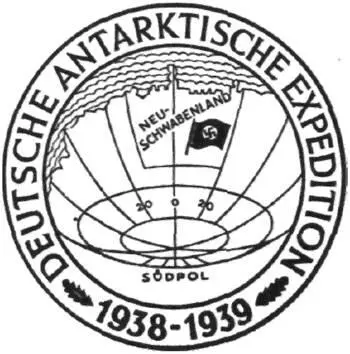
“The official reason for this expedition was to look for a site to establish a whaling station, but most believed they were actually scouting locations for a German naval base. Oddly enough they even hired the famous American polar explorer, Richard E. Byrd, to lecture the group before they departed from Hamburg. Which is important.”
“Why’s that?” Gray asked.
“The Nazis eventually carved a territorial claim out of a section of Antarctica called Queen Maud Land, which was considered Norwegian territory at the time. The Germans named the new place Neuschwabenland. Apparently this stoked the Americans to lead their own expedition, one led by the same Richard Byrd. There was much mystery surrounding this U.S. expedition. Byrd had commissioned the construction of a massive snow cruiser, a fifty-five-foot monstrosity capable of climbing polar mountains or forging giant crevasses. The top deck could even hold a small exploratory plane. Here’s a picture of it landing in Antarctica.”
He clicked an icon to bring an image of the vehicle on the screen.
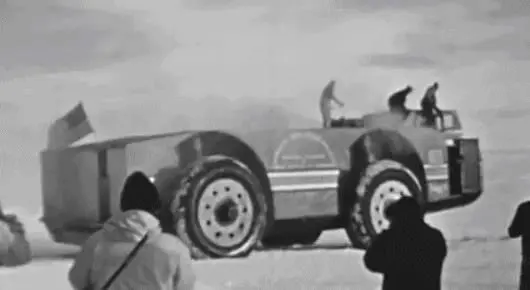
“An impressive beast,” Gray admitted.
“It was built to carry enough equipment and supplies to last an exploration team a full year, to operate with total independence, making it basically a mobile base.”
“What was its purpose?”
“Ah, now that’s when it gets interesting. While there was much publicity about the construction and transportation of this beast, once that cruiser reached Antarctica, everything went silent. Not only were Byrd’s orders for this expedition secret, but the very existence of those orders had been classified. Only years afterward did Byrd admit that the snow cruiser had explored nine hundred miles of unknown coastline, what he called the Phantom Coast. And that fifty-nine men had been left behind to carry on that exploration.”
“What were they looking for?” Kat asked.
Jason shrugged. “There are a lot of theories, some mundane, others pretty far out there. But Professor Harrington had copious notes and collated historical documents from that time. He believes the Germans discovered something incredible, something buried under the ice.”
“What?” Gray scoffed. “Like a UFO?”
“No, but you’re not as far off as you might think. Some old accounts support that the Germans had found a vast underground cavern system of warm lakes, vast crevasses, and tunnels.”
Gray must have let his skepticism show.
Jason glanced at Kat, who nodded as if allowing him to speak freely. “There’s some precedent for it,” he said, stammering a bit as if he had some personal knowledge of such matters.
Gray wanted to know more, but Kat waved Jason to continue.
He cleared his throat. “Actually recent geological surveys make the German claims seem less wild. Studies done over the past few years have revealed surprising anomalies deep under the ice. From ancient lakes and flowing rivers — both of which might be full of life — to trenches that dwarf the Grand Canyon. Even buried volcanoes have been discovered, some with lava flows melting a slow path miles beneath the ice.”
Gray tried to picture such a strange landscape.
“Either way,” Jason continued, “the belief in the existence of a Nazi base grew to national attention. Here’s an article published in the New York Times in 1945.”
Gray leaned over his shoulder and read the headline. “ Antarctic Haven Reported .”
Kat made a small sigh of impatience. “Yes, but what does this have to do with Dr. Hess or the British Antarctic Survey?”
“Everything. Professor Harrington put great stock in these prior expeditions. You see the Brits were actually some of the most active explorers in Antarctica. They were the first to establish a base there, they named most of the major landmarks, and in the ten years after the war, they led a dozen expeditions across the continent, most of them conducted by an organization called the Falkland Islands Dependencies Survey.” Jason looked up at them. “The group changed their name in 1962 to the British Antarctic Survey.”
“So it’s been the same group operating down there for decades,” Kat said, her expression turning thoughtful, weighing this information. “But why did they conduct so many expeditions, especially after World War II?”
Читать дальше
